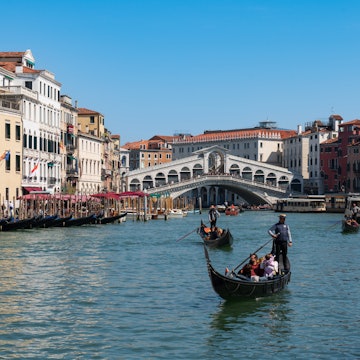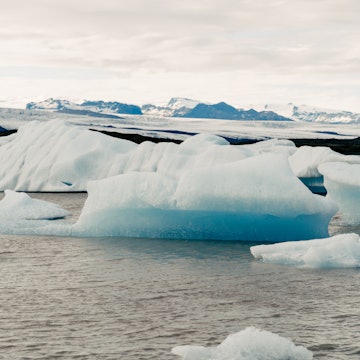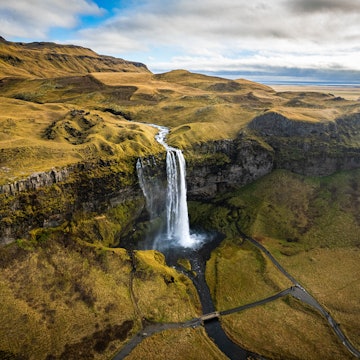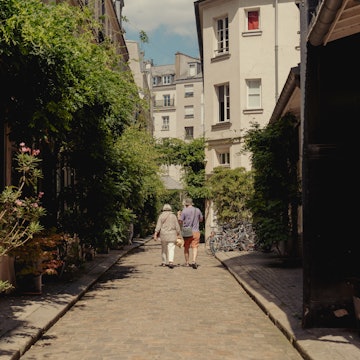
9 of the best things to do in and around Akureyri, Iceland

Jul 23, 2025 • 8 min read

An evening view of Akureyri, Iceland. cescassawin/Getty Images
Home to some 22,000 residents, Akureyri stands strong as Iceland’s second city. Yet despite its diminutive size, visitors can expect cool cafes, quality restaurants and even a lively late-night scene on pedestrianized Hafnarstræti – a far cry from other towns in rural Iceland. Best of all, the astonishing natural beauty that surrounds the town lies within easy reach.
Akureyri sits at the head of Eyjafjörður – Iceland’s longest fjord at 37 miles (60km) – at the base of snowcapped peaks. In the early days, Danish merchants shaped the town’s character by promoting the planting of trees in well-tended gardens, laying the foundation for the lovely public parks at Kjarnaskógur and Lystigarður.
Lying just a stone’s throw from the Arctic Circle, Akureyri's harbor is Iceland’s second-busiest port of call for cruise ships during the May to September peak season. Lively winter festivals and some of Iceland’s best skiing provide plenty of off-peak (and off-piste) appeal.
With its relaxed attitude and extensive accommodation choices, the town is a natural base for exploring North Iceland. These are some of the wonderful things to do in and around Akureyri, Iceland.
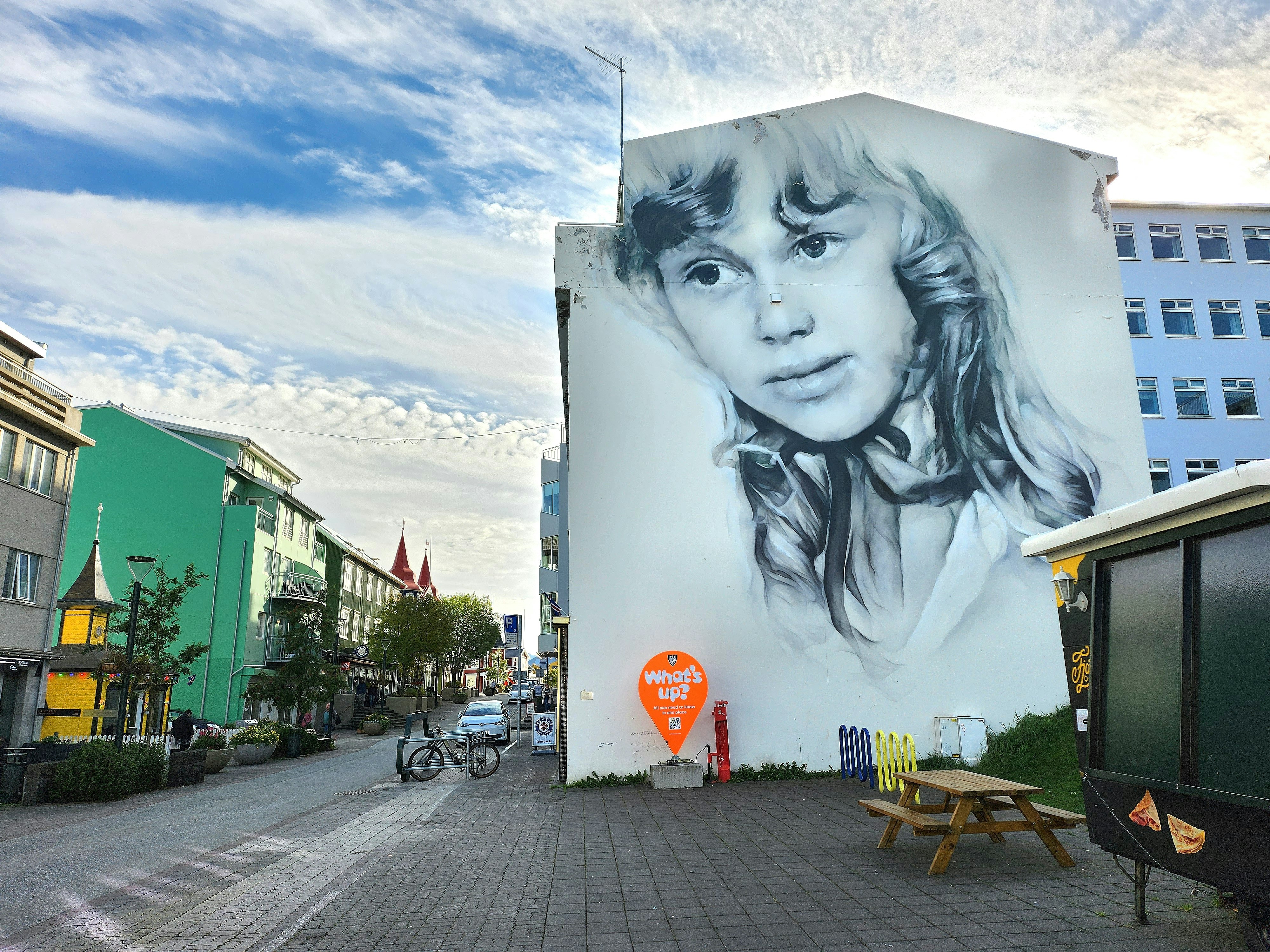
1. Admire postmodern art at the Akureyri Art Museum
Postmodernism rules in the area known as Gilið (“The Ravine”), where galleries and craft shops cluster around the Akureyri Art Museum – an ambitious institution that’s by far Iceland’s best art gallery outside of Reykjavík. The museum covers four floors and showcases classic and contemporary art, from photography to performance art, with works from Iceland, Scandinavia and beyond. There are guided tours every Thursday (in English) at 12:30pm and a welcoming cafe.
Planning tip: Admission to the Akureyri Museum includes free entry to other cultural locations, including the Akureyri Toy Museum and the wonderful Laufás farm. In July, the Listasumar art festival has (mostly free) events for all ages and appetites.

2. Browse design shops, thrift stores and other intriguing Icelandic retailers
For such a small city, Akureyri punches above its weight when it comes to shopping. Set inside the landmark Sigurhæðir – former home of Matthías Jochumsson, writer of the Icelandic national anthem – the artist-run Flora collective exhibits and sells creative designware and handicrafts, with participating artists striving for sustainability and reuse of materials.
For fans of Nordic cool, Kista is a concept store with clothing and gift items inside the Hof Cultural House. At the other end of the budget spectrum, you can bargain-hunt at thrift store Hertex Akureyri, digging through everything from clothing to books, kitchen supplies to snow sleds. The Red Cross store sells secondhand clothing across the street.
Planning tip: Finish off a busy day of retail therapy at Eyja, a wine bar and bistro serving fish of the day and tasty three-course set menus.
3. Ascend to Eyjafjörður’s heights
Since Akureyri is nestled at the end of spectacular Eyjafjörður, many visitors are eager to discover what lies up and beyond the fjord’s vertiginous slopes, and there are some great ways to take in all the scenery.
If you want to set out on foot, a pleasant but demanding day hike leads up the Glerárdalur valley to the summit of Mt Súlur (3980ft/1213m). The 10km (6.2-mile) trail begins on Súluvegur, just before the Glerá bridge; allow six hours – unless you are a participant in the ultra trail run Súlur Vertical, held every August, where runners compete over distances ranging from 19km (11.8 miles) to 100km (62 miles).
If you prefer to let gravity do the work, Zipline Akureyri has five zip lines that zoom between steep cliffs and whoosh over the rushing river Glerá in Akureyri town. The lines are suitable for thrill-seekers of all ages.
Planning tip: Look into taking a helicopter tour for scenic views over Askja, Lake Mývatn, the Troll Peninsula and Grímsey; operators change periodically, so check with the local tourist office for more information.
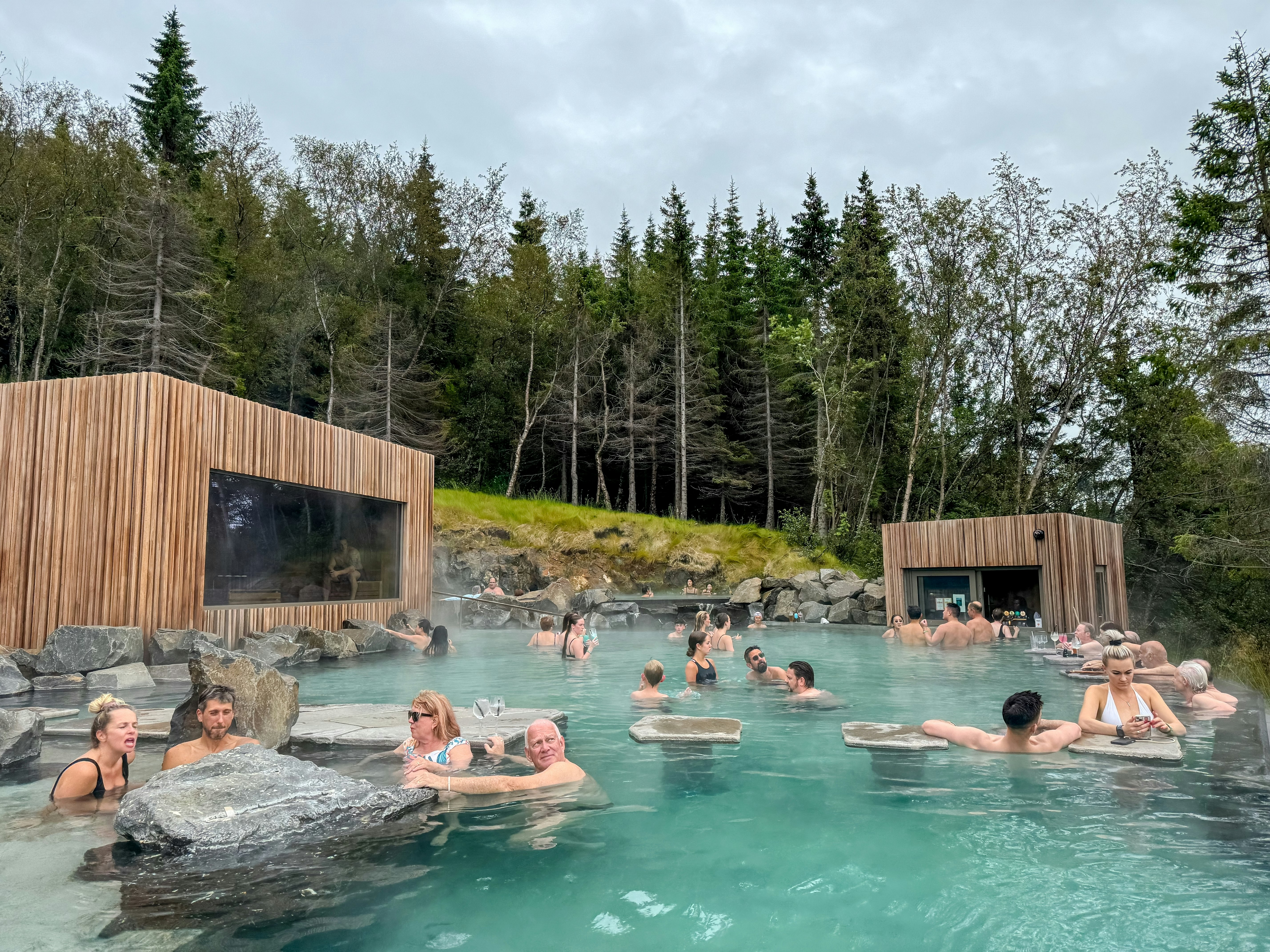
4. Take a relaxing soak, or fly down a waterslide
Some years ago, during the building of the Vaðlaheiðar Tunnel on Akureyri’s outskirts, the construction crew was suddenly struck by a stream of hot water. Fast forward five years, and you can enjoy the result of this discovery at Forest Lagoon, where the naturally hot waters have been diverted into an outdoor bathing area. This luxury hot spring resort is located on a green hill, with a view over Akureyri from two overlapping pools of varying temperatures.
Children have their own watery stronghold in Akureyri; the city's public pool, Sundlaug Akureyrar, is a national favorite that’s designed with little people and their guardians in mind. The outdoor area has three waterslides (for the crazy) and five hot tubs (for the lazy).
Planning tip: While the Forest Lagoon is open to families, note that kids are not allowed after 6pm.
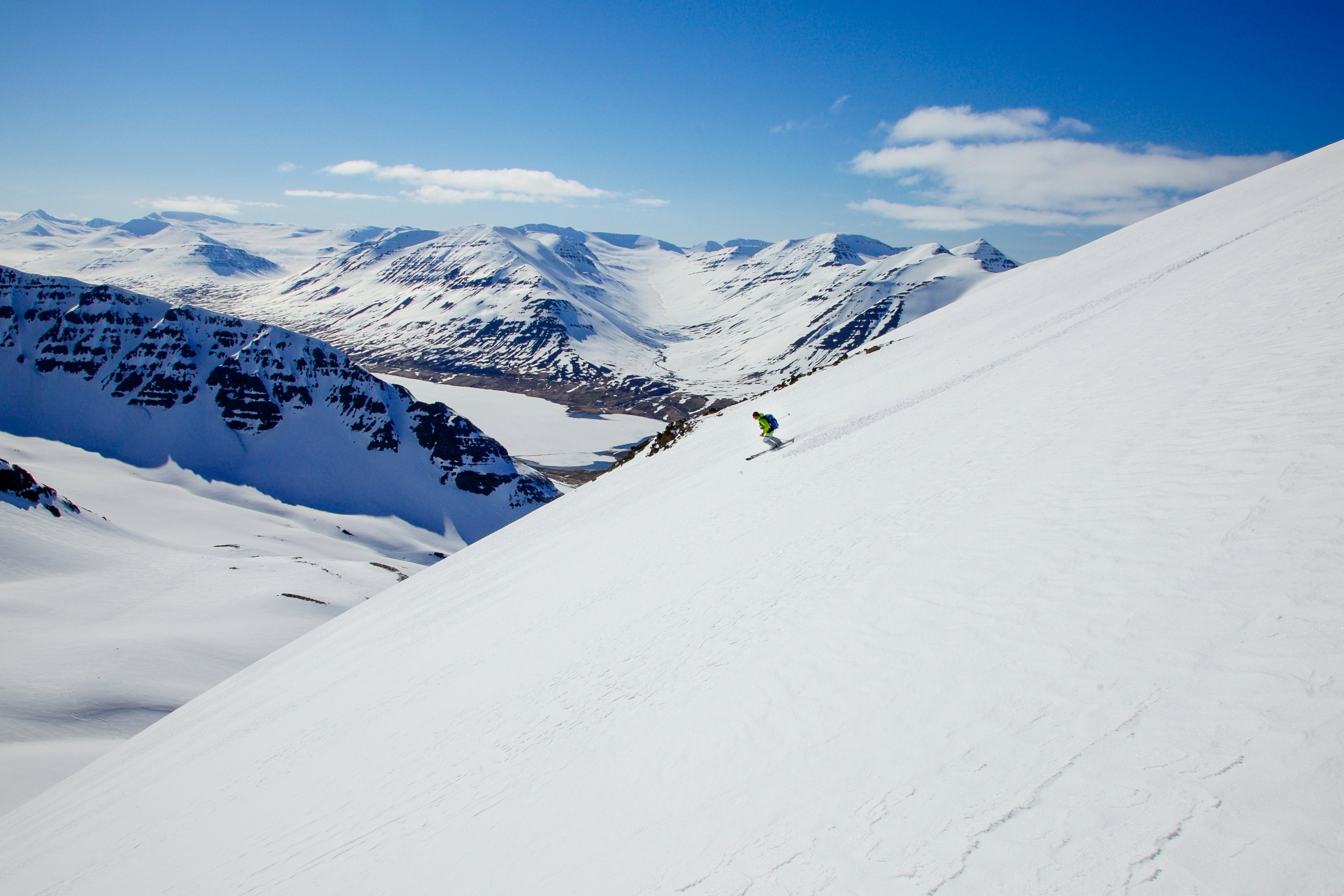
5. Explore the terrain around Akureyri on skis
Winter turns the region in and around Akureyri into one big winter sports playground, with the skiing season running from mid-November to as late as mid-June. Hlíðarfjall in Akureyri is the largest resort, with seven lifts, including a four-person chairlift. The longest slope is 1.4 miles (2.3km), with groomed pistes for downhill skiing and snowboarding; gear rental and day passes are available at the base of the slopes.
In recent years, services for cross-country skiers have improved in line with the sport’s growing popularity. Akureyri has trails at Hlíðarfjall and inside the Kjarnaskógur forest; some are lit – but fortunately not all, as darkness allows you to take in the northern lights, which are especially spectacular when seen from a snow-covered trail. Trails also appear in the Skíðadalur valley near Dalvík (no charge). You can take courses in Ólafsfjöður and Siglufjörður, and rent gear at Skíðaþjónusta in town.
Practiced on both sides of Eyjafjörður, off-piste mountain skiing is a unique thrill. The towns of Siglufjörður and Grenivík are the primary base camps for summit-to-sea descents, with skiers reaching the slopes either by snowcat or helicopter. Tour operators Arctic Freeride, Kaldbaksferðir and Arctic Heli Skiing offer multiday packages.
Planning tip: The 5x5 Ski Pass gives you five days at the five major resorts in North Iceland – Akureyri, Sauðárkrókur, Siglufjörður, Ólafsfjörður and Dalvík.
6. Explore Akureyri's hills by bike
Akureyri has a growing network of bike paths connecting the lower end of Eyjafjörður with the popular trails for cycling (and running) at Kjarnaskógur and Naustaborgir. Many racing cyclists in Lycra choose to ride along the flat coastline, with a smooth 8.7-mile (14km) path running from the Hof Culture House to the village of Hrafnagil.
On the other side of the fjord, a forest track leads to Vaðlaheiði mountain via the Forest Lagoon. The Hlíðarfjall skiing resort keeps one of its chairlifts open over summer to shuttle mountain bikers up to the Hlíðarfjall Bike Park from mid-July to September.
Planning tip: For cycling in or around town, rent bikes at outfitter Skíðaþjónustan on Fjölnisgata.
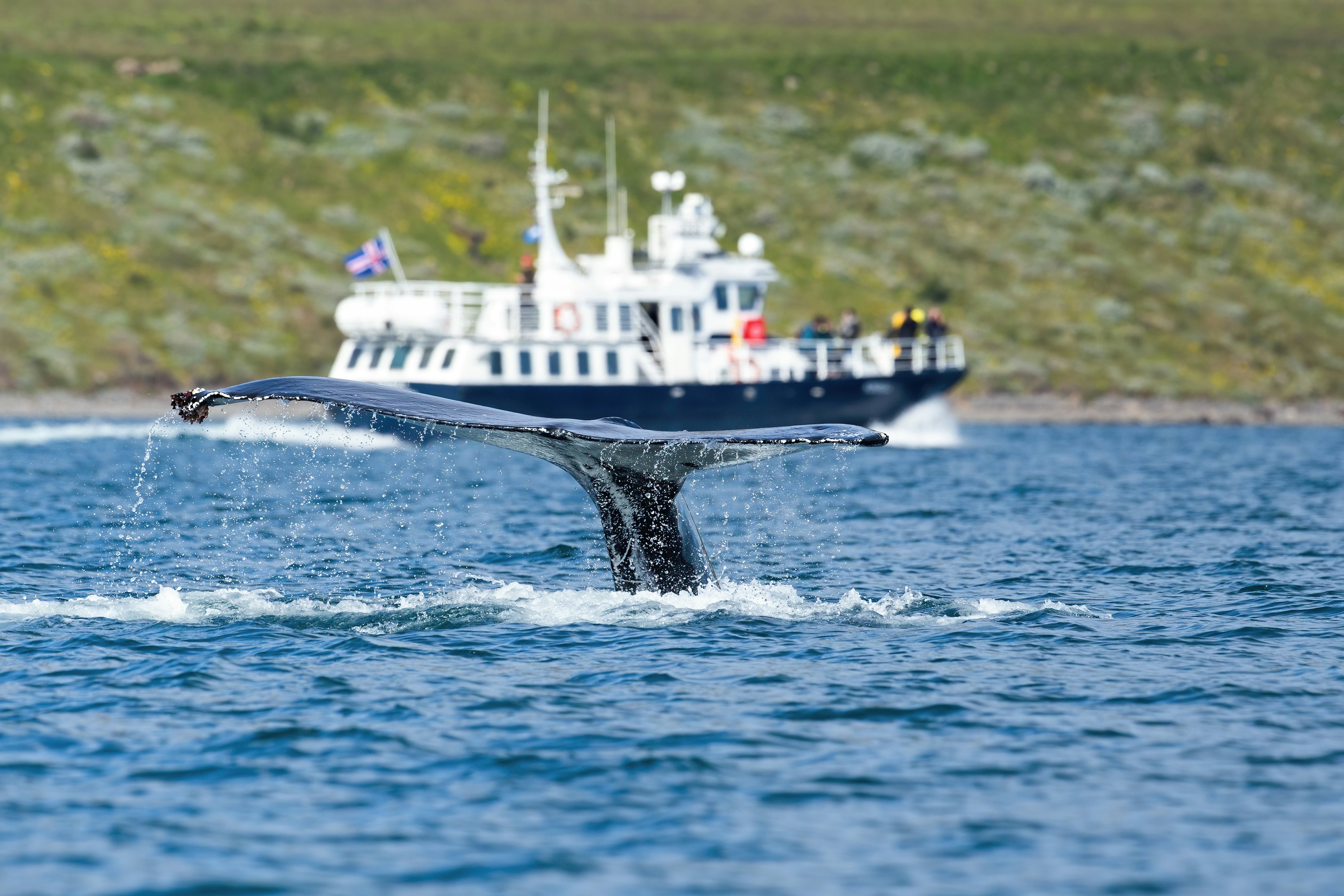
7. Enjoy some of Iceland’s best (and smoothest) whale watching
The calm waters of narrow and long Eyjafjörður are a prime spot for watching humpback and minke whales, and you can expect smoother sailing conditions than at many other Icelandic whale-watching locations. Tours tend to be shorter, too – about two hours in summer – meaning they’re a great option for children and those prone to seasickness.
Elding dominates the Akureyri whale-watching scene, with trips departing from behind the Hof Culture House, while Keli Sea Tours operates a single wooden boat and offers morning and afternoon tours. Tour operators running trips from Hjalteyri, Hauganes and Dalvík, all located toward the middle of Eyjafjörður, are good choices when whales are congregating near the mouth of the fjord.
Detour: Neighboring Skjálfandi Bay, by the town of Húsavík, has even more types of whales to spot; Gentle Giants is one of several local operators running whale-watching tours.
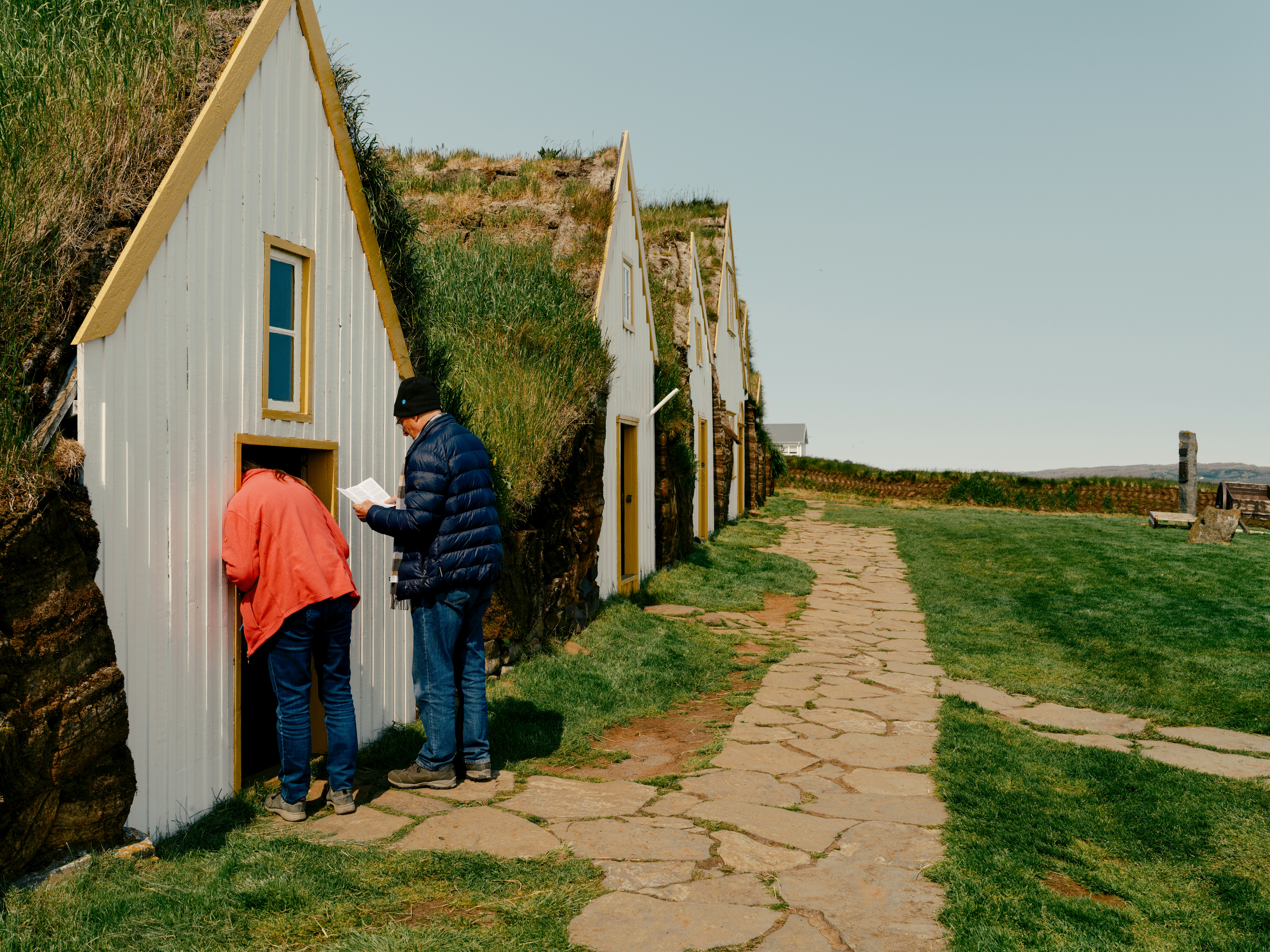
8. Head to Skagafjörður to see a traditional turf-roofed farm and ride Icelandic horses
About a 75-minute drive from Akuyeri (and a short and worthy detour from Iceland’s iconic Ring Road), Glaumbær at Skagafjörður is the best museum of its type in North Iceland. Dating from the 18th century, this traditional Icelandic turf-roofed farm was once a complex of separate buildings connected by a central passageway.
Today, you can see the construction of these traditional buildings up close, and view rooms stuffed full of period furniture, equipment and utensils. The complex provides a fascinating insight into the cramped living conditions endured by rural Icelanders in past centuries – beds, for example, did not allow people to sleep lying flat. Modern-day health and safety laws don’t allow the full experience, however – houses like these used to be full of smoke from cooking and heating!
Emerging from these cramped quarters, you can take in the expanse of emerald-green Skagafjörður the proper way – on the back of an Icelandic horse, a small and stocky breed that has served Icelanders since Viking days. Experienced riders can join multi-day tours (four to seven nights), or there are short tours (one to three hours) for beginners. Lýtingsstaðir and Syðra-Skörðugil have a range of options, as well as farm-stay accommodation.
Planning tip: Langhús Horse Tours, located toward Siglufjörður, lets children who are too young for riding tours meet Icelandic horses.
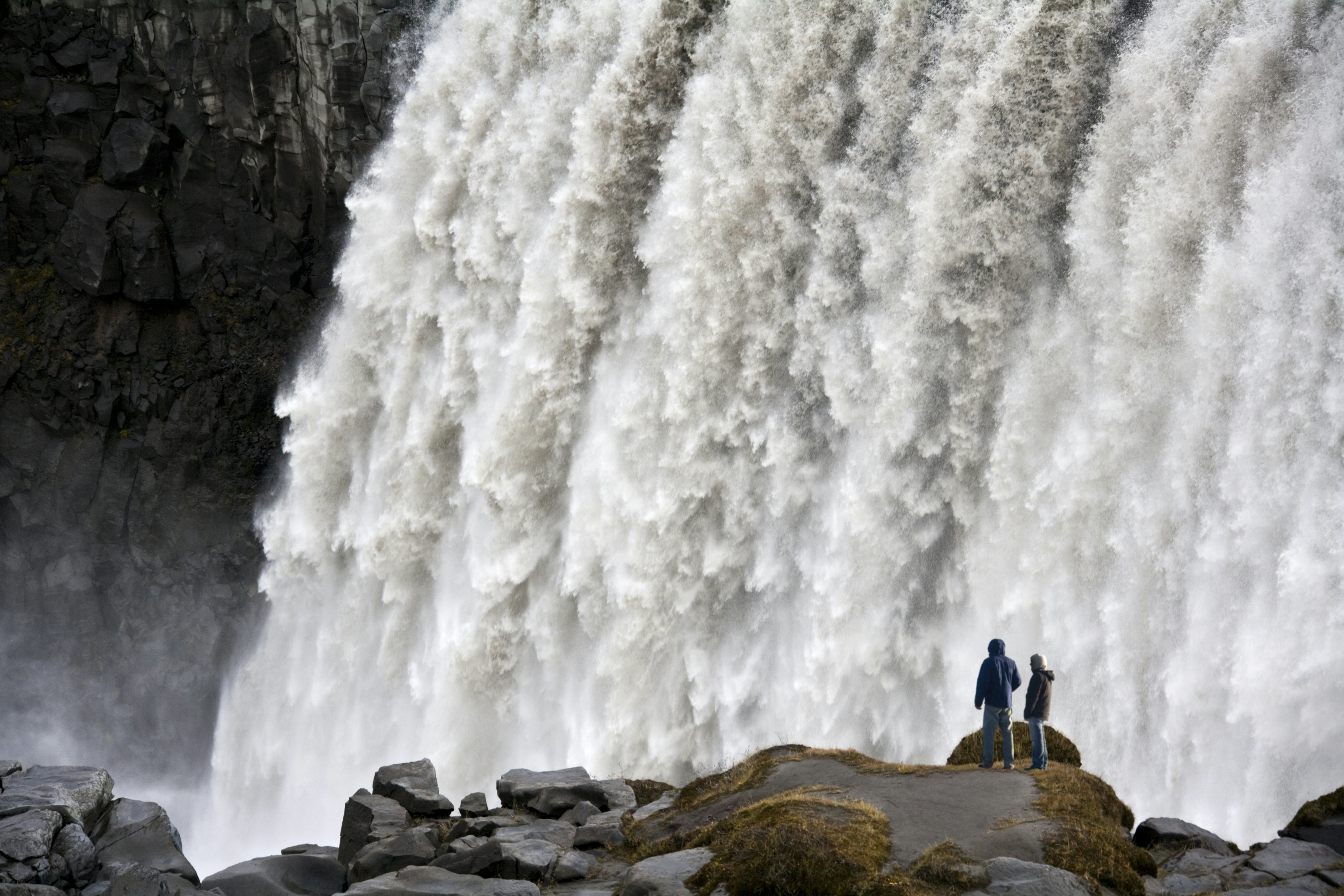
9. Admire extraordinary waterfalls at Vatnajökull National Park
A two-hour drive from Akueryi takes you to mighty Jökulsárgljúfur canyon, the northern half of mighty Vatnajökull National Park, carved by the Jökulsá á Fjöllum river. At the top of the canyon, you can behold the untamed power of nature at the magnificent Dettifoss waterfall.
An unmatched volume of water thunders over its edge – a staggering 14,125 cu ft (400 cu meters) per second. The falls can be seen from either side of the canyon, though road access is easier on the west side. You might recognize the falls from the sci-fi movie, Prometheus (2012).
Insider tip: Offering less volume but almost as gorgeous scenery are the impressive falls at Selfoss, a smaller cataract reached via a walking trail running south from Dettifoss, and Hafragilsfoss, a little further downstream.
This article was adapted from Lonely Planet’s Scandinavia guidebook, published in July 2025.








